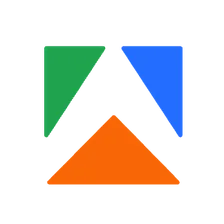Qdrant Integration
Pricing
Pay per usage
Go to Apify Store
Pricing
Pay per usage
Rating
4.5
(2)
Developer

Apify
Maintained by Apify
Actor stats
8
Bookmarked
57
Total users
3
Monthly active users
6 months ago
Last modified
Categories
Share
Pricing
Pay per usage
Pricing
Pay per usage
Rating
4.5
(2)
Developer

Apify
Actor stats
8
Bookmarked
57
Total users
3
Monthly active users
6 months ago
Last modified
Categories
Share
You can access the Qdrant Integration programmatically from your own applications by using the Apify API. You can also choose the language preference from below. To use the Apify API, you’ll need an Apify account and your API token, found in Integrations settings in Apify Console.
$echo '{< "datasetFields": [< "text"< ],< "dataUpdatesStrategy": "deltaUpdates",< "dataUpdatesPrimaryDatasetFields": [< "url"< ],< "deltaUpdatesPrimaryDatasetFields": [< "url"< ]<}' |<apify call apify/qdrant-integration --silent --output-datasetThe Apify CLI is the official tool that allows you to use Qdrant Integration locally, providing convenience functions and automatic retries on errors.
Using installation script (macOS/Linux):
$curl -fsSL https://apify.com/install-cli.sh | bashUsing installation script (Windows):
$irm https://apify.com/install-cli.ps1 | iexUsing Homebrew:
$brew install apify-cliUsing NPM:
$npm install -g apify-cliOther API clients include: